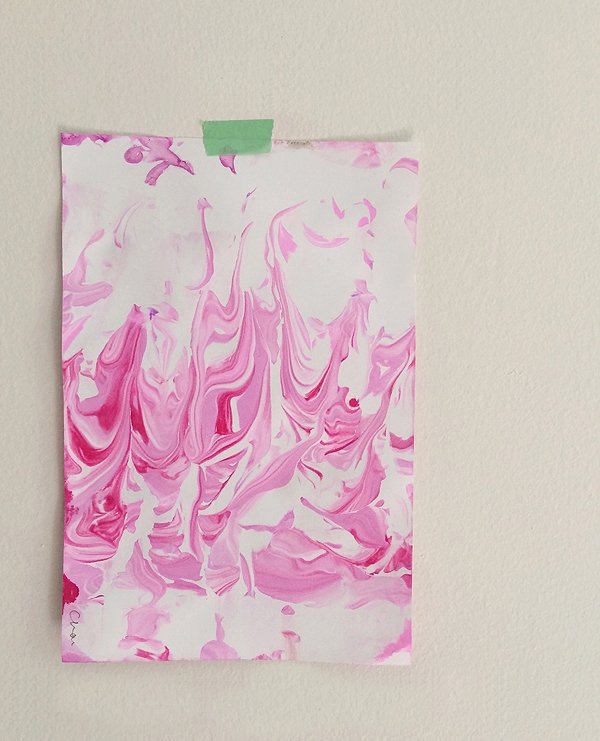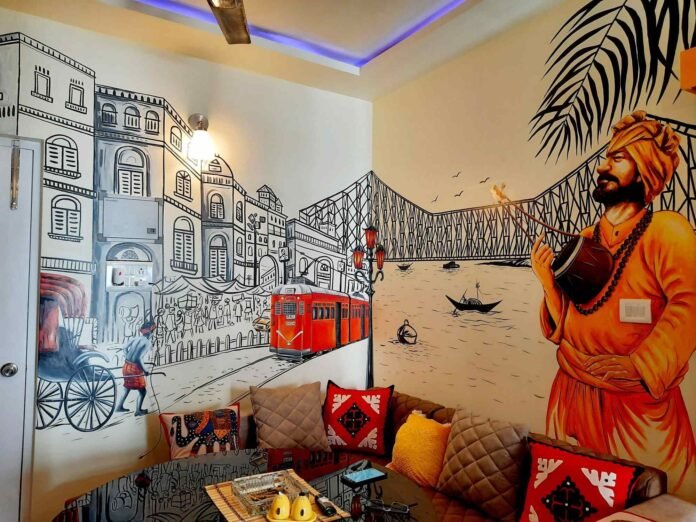Dive into a realm of inspiration, where art ideas flourish like vivid flowers in a large garden of imagination. Whether you’re an aspiring artist looking for inspiration or an art aficionado ready to discover new territories, our blog is your virtual canvas.
The Best Art Ideas
Selection of A Subject for the Artwork
I know for sure that it is not easy to select a project for your art. Are you looking for art project inspiration? Is there a theme for high school art bulletin boards?
Most senior high school Art students begin by choosing a theme for their portfolio, coursework, or assessment project, whether they specialize in Painting, Graphic Design, Photography, Textiles, or Sculpture.
Many people struggle with this issue, whether it’s due to a lack of inspiration, a difficulty to choose between two or more viable options or a general misunderstanding of the sort of topic that’s acceptable.
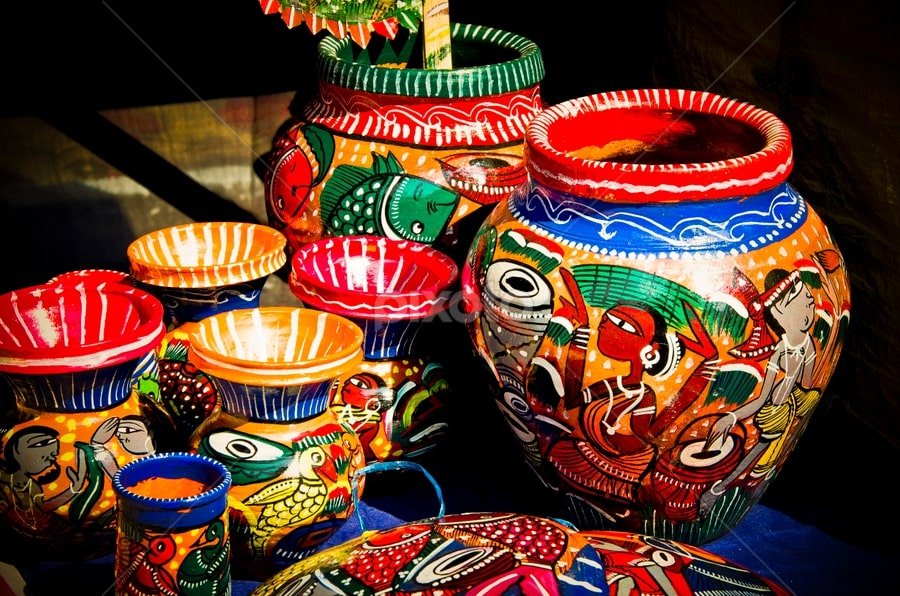
Below is a step-by-step process that IGCSE, GCSE, and A-Level Art students (as well as students with a variety of other high school Art credentials) may use to brainstorm, assess, and choose an excellent subject, topic, or theme for their high school Art project.
Step 1: Choose your Subject
Make a list of all the subjects, themes, locations, objects, activities, or concerns that are personally important to you (even random, unexpected things, such as the art room sink, or heirloom knives and forks in your kitchen drawer).
The goal of each piece of art is to convey a message: to make a statement, scream, or sing about the world we live in. There is no driving force, nothing to influence and shape your decision-making if there is no emotion behind the task. Make a list of the things that matter to you and make you feel moved.
Incorporate themes that are uncommon, difficult, contentious, gritty, or inspiring, and that pique your interest. Students who chose significant, emotional themes in which they strongly believe are more likely to get excellent TEMP scores than students who choose aesthetically beautiful but superficial ones.
A tried-and-true subject may still be tackled in a unique and inventive way, but picking a new and exciting topic offers its own set of benefits. Strong, controversial topics are those that elicit an emotional response from the evaluators.
Such topics make the markers and moderators sit up and take notice because they give them plenty of opportunities to see the value in your work. (Photography Coursework folio boards by Louise Hutt are an example.)
Step 2: Assess your ideas
Think about the topics you’ve written down carefully. To evaluate your ideas, use the flowchart at the end of this article. Topics that are overdone or over-used should be eliminated unless you have an original way of approaching the topic.
It doesn’t matter whether someone else has looked into the same subject as you… With so many people on the planet, it’s doubtful that you’ll be the only one interested in a certain topic (in fact, this might be good because you can learn from others…
And no one will create art quite like you), but if everyone is doing it – if the examiners have seen it a hundred times before – you should consider whether you have something sufficiently new and original to say about it.
-
Wall Art Gallery
Wall art galleries are the ideal option for decorating our rooms, living rooms, lounges, porch, and hallways. Wall art is a collection of art Ideas that you would like to place on your wall and that you think are your greatest options.
It doesn’t matter whether you have a collection or not, if you want to buy a lot of things to decorate your wall, just remember that you are going to embellish your walls with one-of-a-kind pieces of art, whether it’s your photographs, your paintings, or paintings from the world’s best collection.

It’s entirely up to you what you want to hang on your wall to create an amazing gallery wall. Decorating a gallery wall can be difficult, but here are some tips for creating a unified gallery wall.
- Plan a layout rather than winging it
- think about size, form, and scale
- Do not overcrowd the gallery wall
- do tie the space together with the gallery wall
- consider adding textures and other art
- do not add a lot of generic art
- do express your personality
“It was Aotearoa artist Emma McIntyre’s first solo exhibition in Europe, Up bubbles her amorous breath, at Air de Paris Gallery in Paris, France, unveils a new series of paintings by the LA-based artist.
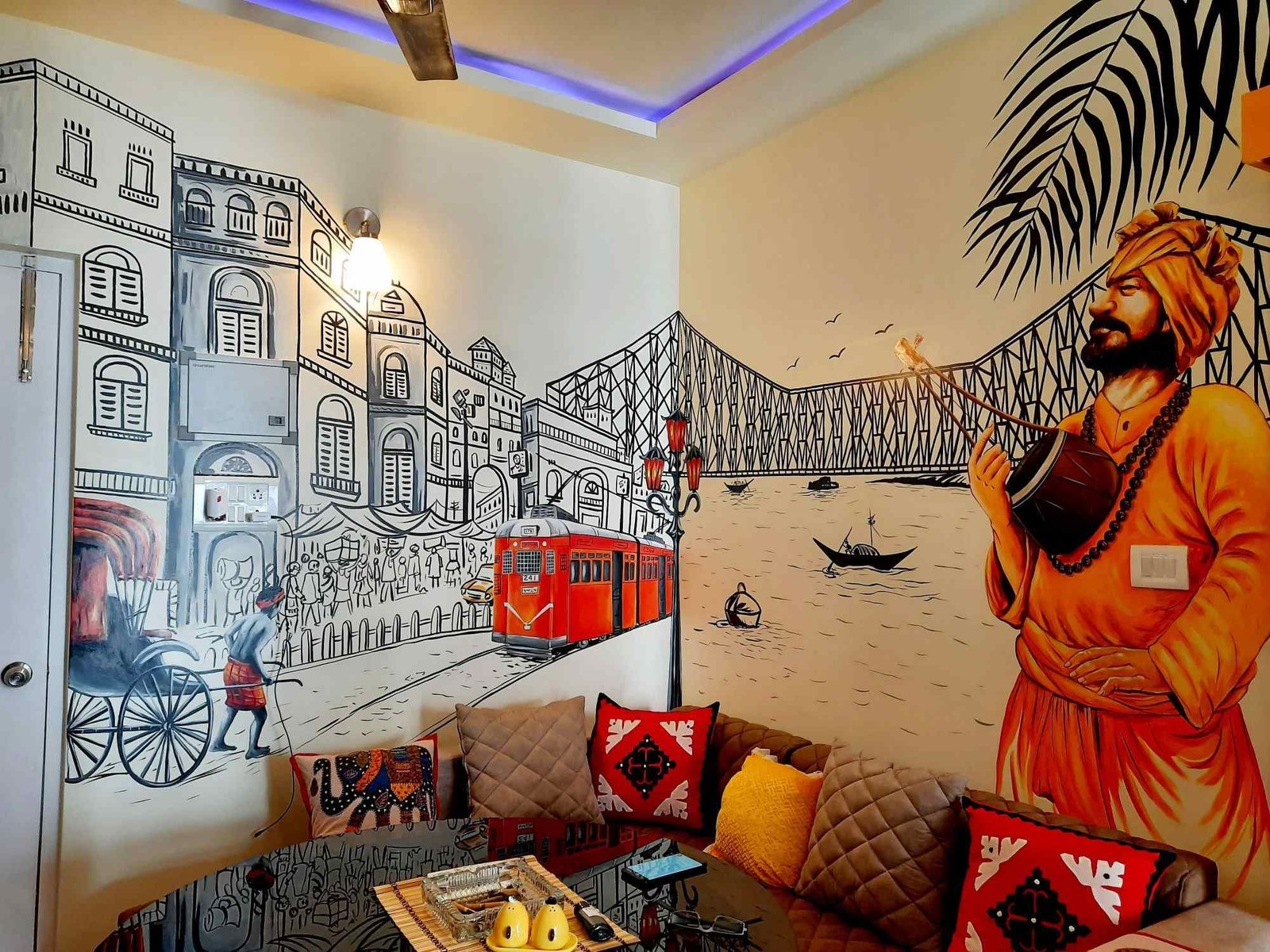
In dis piece, writer Megan Macnaughton finds refuge from a grey Paris day in McIntyre’s vividly imagined landscapes, in which the artist draws on art historical legacies of abstraction and expressionism, layering the works with bodily gestures that invite multiple temporalities and readings, at once historical and contemporary, frenzied and contemplative.”
The final breath hovers above the waves, a disappearing haze mirrored on the water’s surface, once the corpse has fallen. The entire terrain has eaten up any indications of bodily existence, remnants of the corpse blended into the watery surroundings and plants, and a new cycle of life in a moment.
Every day, Leander swims across the Hellespont to see his lover Hero in her tower, according to Greek mythology. Her lamp goes out one blustery night, abandoning Leander alone in the dark with no marker and doomed to die in the turbulent waves. “He is gone; up bubbles, all his loving air!” just the bubbles of his final breath persist.
-
The Chaotic Art
This is not a project to be taken lightly; it is where you gain materials and generates a chaotic work of art in its purest form. Don’t worry about what will work and what will ‘appear appealing;’ just try everything and see what happens.
Layer, build and make a chaotic piece of art in any form by combining paints with textiles, abstractions with flawless oils, and layering, building, and creating a chaotic piece of art in any shape. This is a fantastic approach to uncover your artistic flow and appreciate art for its own reason.

3. Creative Art on Egg
No matter how old you are, this timeless art idea is still entertaining! These are also excellent locations for supper gatherings. Make a tiny hole in the egg at either end and blow out the yolk.
Wash the egg and set it aside to dry (with extreme caution!). Place your egg in an egg cup to keep it steady while you paint it. You may build all kinds of weird designs, or if you have some nice paint, try replicating a Faberge egg (for a fraction of the price of an original!)
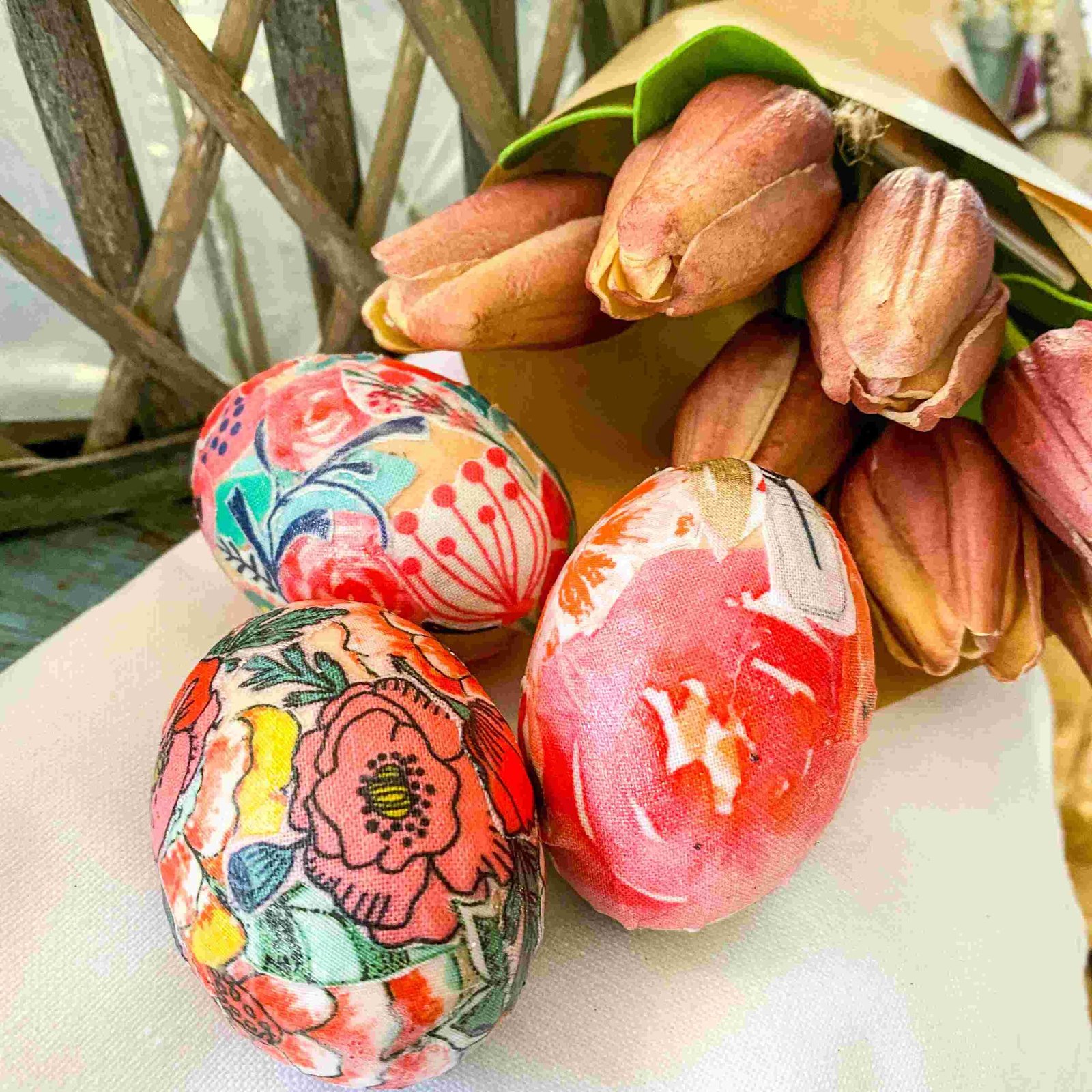
4. Creative Art About Painting A Music
If you want to experiment with rhythm and painting, this is a fun way to try. Simply listen to a variety of music, including your favorite tunes, classical pieces, pop songs, and heavy metal, and sketch or paint while you listen.
You may paint whatever you want, whether it’s the way the music makes you feel, the significance of the song, painting to the beat, or just having it on in the background. Investigate how and if the music influenced your work. Check to see if there are any links between the music style and the final product.
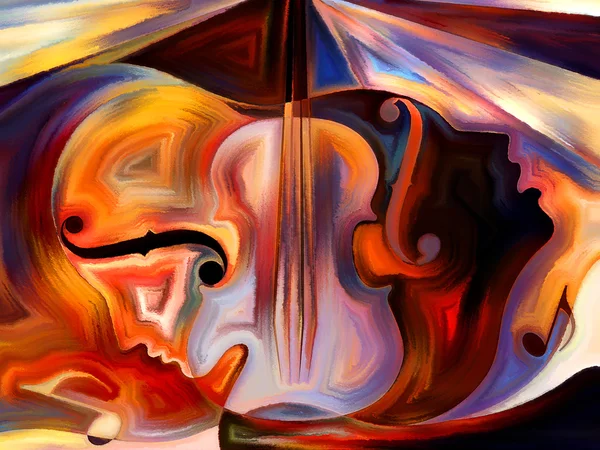
5. Marbling Art on A Paper
This fascinating method is not only entertaining to use, but it also produces spectacular effects. Simply take a tray, cover it with a thin coating of water, then fill it with oil-based ink.
To make pictures, place a sheet of paper on top and raise it up, or try sliding a comb through it to achieve varied results. Experiment with various paper colors and textures before allowing them to dry. You may either enjoy the method or utilize it to create backdrops for layering photos that you can build up as needed.
